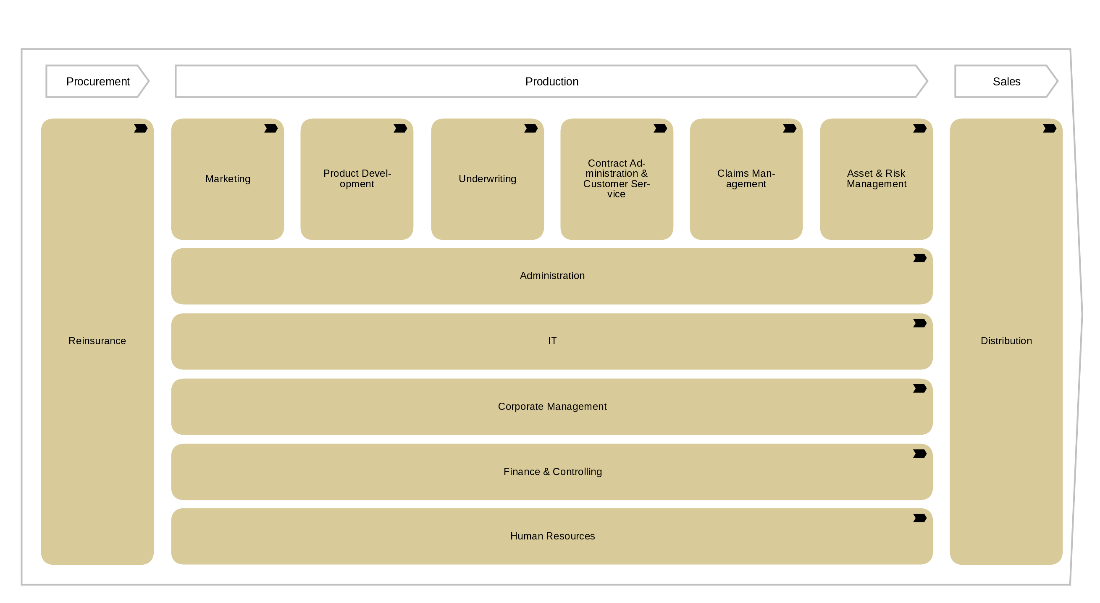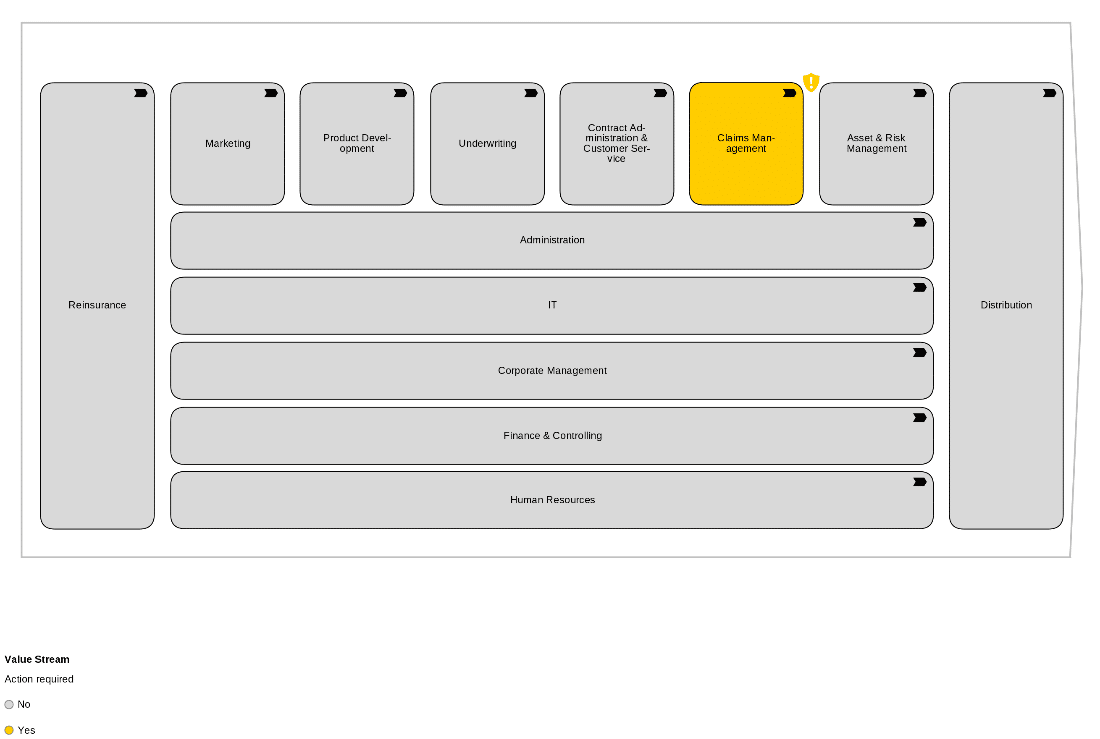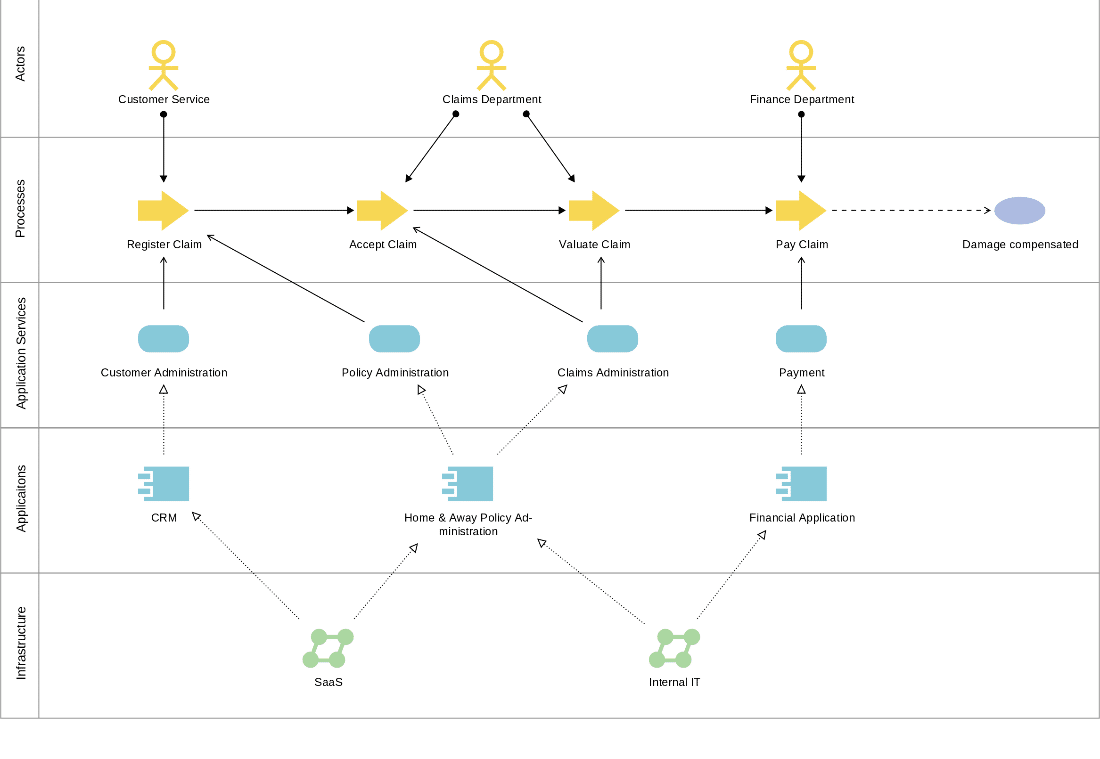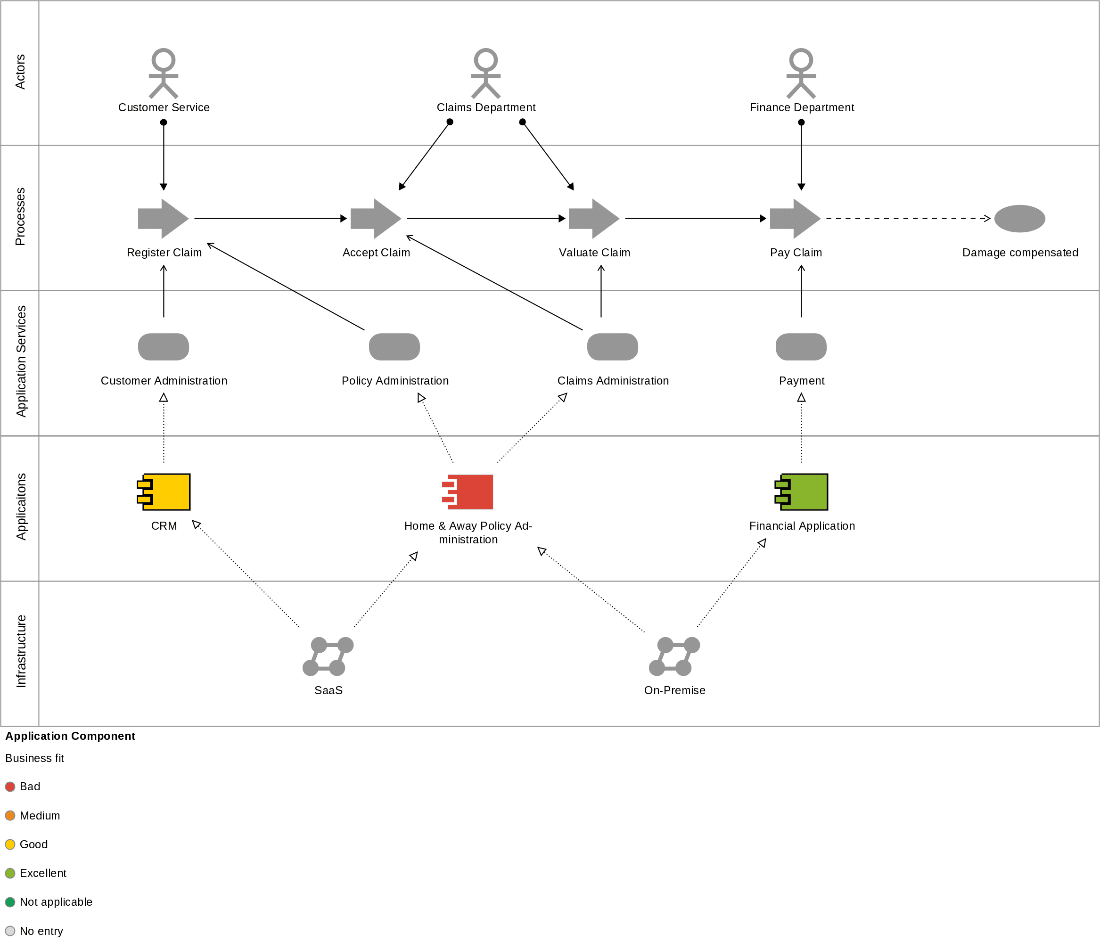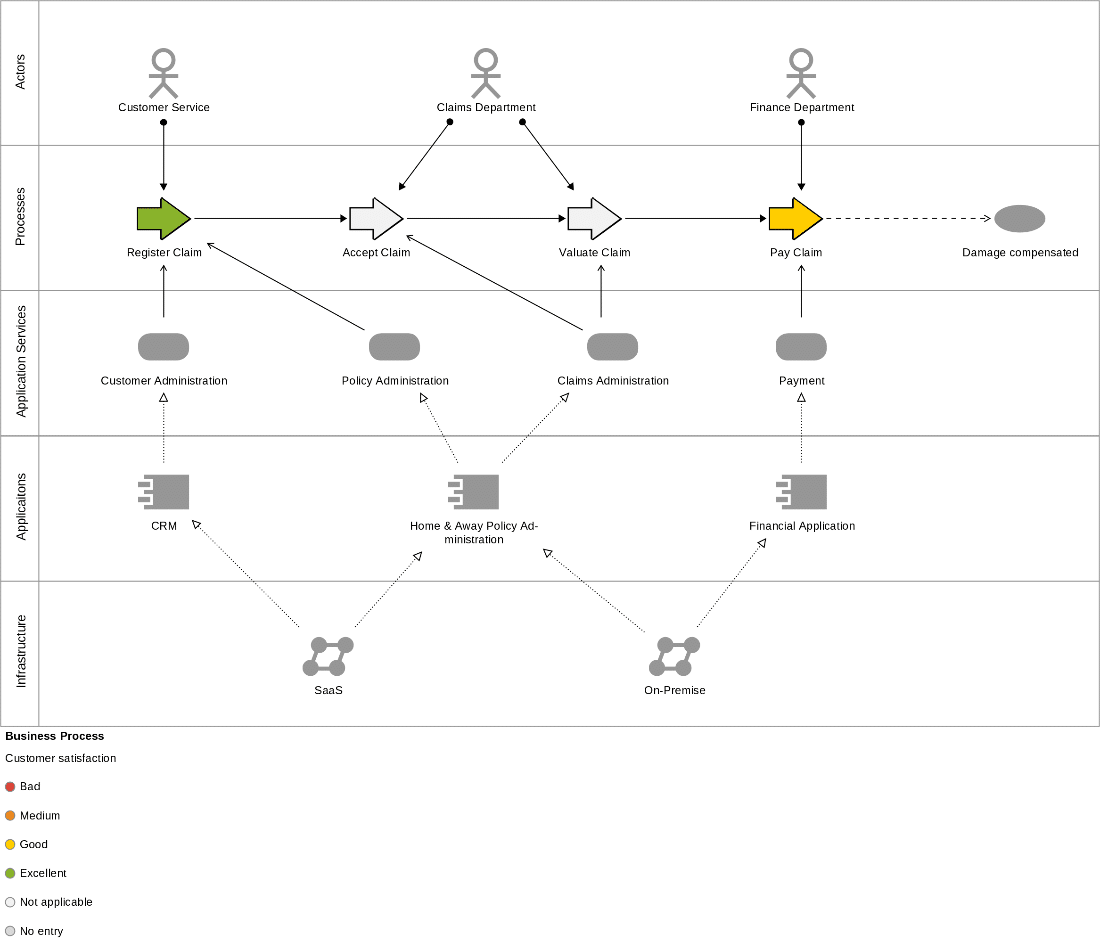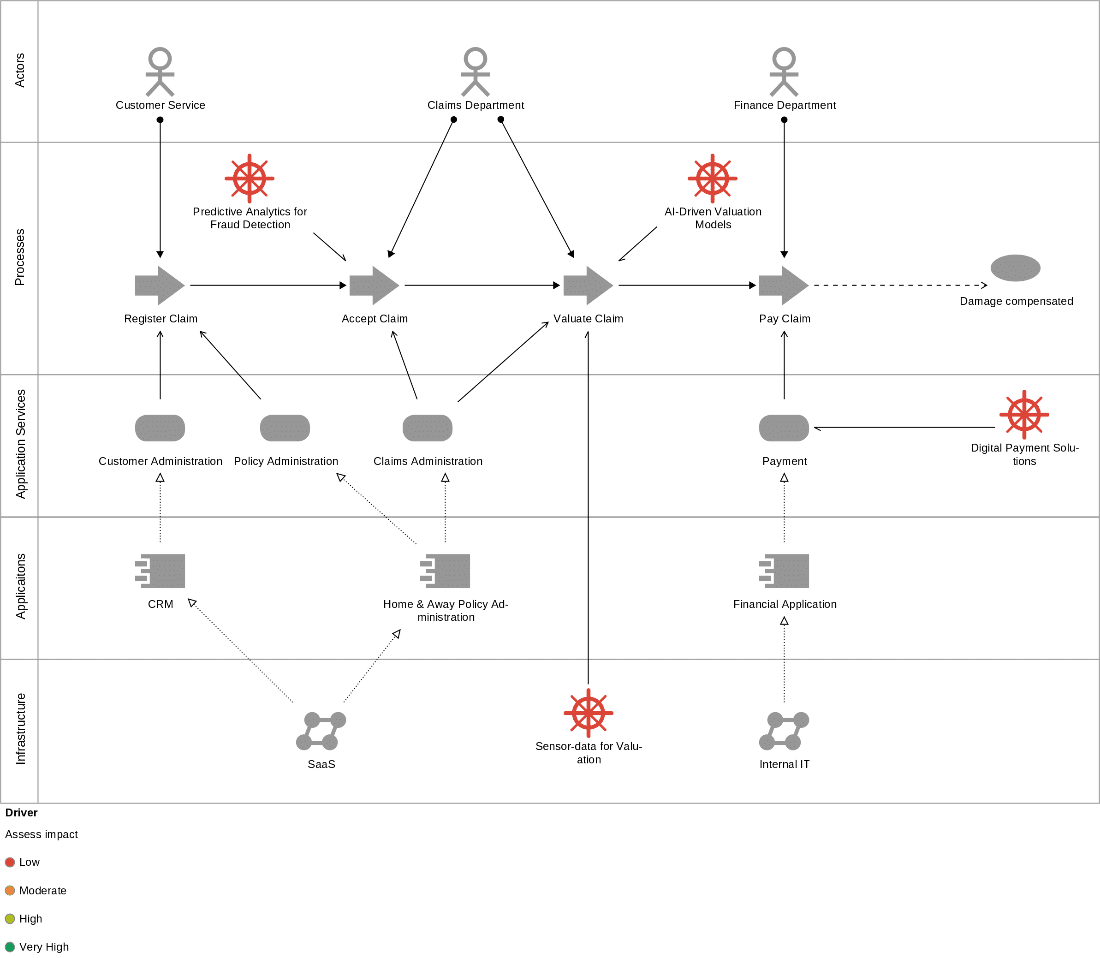Found this helpful? Share it with peers.
Introduction
In the dynamic realm of business, the term ‘Business Transformation’ is often discussed, leaving many curious and uncertain about its true meaning. If you’re among the curious – we’re here to provide clarity. Dive into this blog post to unravel the concept of business transformation and understand its connection to the intriguing idea of operating model design.
Business transformation is the process of adapting to changing market conditions and customer expectations. It involves introducing or digitizing products or services, expanding into new markets, or altering the company’s direction.
So, how do operating models fit into the picture? Operating models act as the guiding blueprints for business transformation, illustrating the essential elements of the organization or its segments and detailing their interactions. Adapting these operating models is crucial to align with the organization’s digital transformation or optimization objectives.
It is not sufficient for the enterprise architects to act alone. They need to engage business and IT stakeholders as well. In fact, enterprise architects need to develop relationships and engagement models that enable stakeholders to make smart decisions. Operating models act as the glue between strategic decision-making and operative management. They help to align the organization’s vision, strategy, and execution of business transformation.
Operating Model Design
Starting point
To initiate such an effort, it’s crucial to get a grasp of your overall business architecture. Effective tools for this include value chain maps or capability maps. Frequently, organizations possess high-level process maps that fulfill the role of value chain maps, unveiling how the organization generates value from an end-to-end perspective: a sequence of activities necessary to deliver a product or service to a customer.
Regardless of your favorite option, the most successful approach is to opt for a structure familiar to your stakeholders. If you already have established overview maps describing your business that are recognized by your colleagues and employees, they will be an ideal starting point for your operating model design endeavor. Depending on your organization, the top structure should consist of no more than 25-100 building blocks.
In the following example, we leverage the renowned Porter Value Chain as a starting point and as a map for business transformation, exemplified through the value chain of an insurance company. Alternatively, you might explore starting points such as capability maps. Or check out our Milky Way Map blog for a compelling approach that resonates with your business peers.
Example of a value chain of an insurance company
Find a comparable picture to illustrate your organization’s business. Proceed systematically, focusing on one value chain step at a time — or a capability if you’ve opted for capability maps as a starting point — to develop an operating model. Take it step by step and prioritize value streams first. The following approach has proven to be effective:
- Identify which elements in the value chain are critical success factors, as opposed to commodity factors, for delivering the value proposition.
- Identify which building blocks of the organization are currently facing difficulties or are underperforming.
Example of a value chain that prioritizes value streams
Naturally, one level may be too abstract for some and too detailed for others. For instance, when crafting a model for an insurance company, it makes sense to define distinct value chains for each insurance product line. The essence lies in pinpointing a level that seamlessly translates your strategy into execution. Therefore, refinement may be necessary.
Nevertheless, maintain a level of clarity that resonates with all your EA stakeholders. As emphasized, it’s crucial that everyone involved can connect with it, and that’s only achievable when the stakeholders comprehend this comprehensive company overview.
Digging deeper
Now that we have defined the right level of detail, we have a suitable level to describe the operating models. In our case, one operating model per each value chain step.
The primary elements of the operating model include:
- All the processes to deliver the value
- The people who perform these steps
- The software features they use to do their work
ArchiMate serves as the ideal modelling language for this representation.
Hint: Explore the detailed insights into the advantages and disadvantages of ArchiMate in our dedicated blog.
As a prime example of the operating model of one of our building blocks, we use the well-known Cross-Architecture view of ArchiSurance.
Take a look at the picture yourself. Do you understand what it represents? All elements and their interplay should be clear without needing any further explanation. Only then is it at the right level of detail.
Cross-Architecture view of ArchiSurance
Making use of it
Now that we have a common understanding of the operating model: What additional actions can we take beyond explaining its key elements and their interactions?
The visualization of the operating model offers numerous potentials for utilization, primarily revolving around communication. In every operating model, there is potential for improvement. These can occur at all levels of your operating model. In the example below, IT support was assessed and visualized as a heatmap.
Example of an operating model that heatmaps applications
The same applies to its business processes or any other elements of the operating model. Weaknesses or improvement potentials will become visible at a glance.
Example of an operating model that heatmaps processes
Certainly, this representation can also be used to incorporate additional aspects, e.g. during design thinking workshops. Examples of such aspects may include:
- trends,
- risks or
- requirements.
After an innovation workshop, the following trends could be added to our “Claims Management” operating model:
- Predictive Analytics for Fraud Detection: Implementation of predictive analytics to identify potential fraud during various stages, including registration, acceptance, and valuation, improving overall claims integrity.
- Digital Payment Solutions: Adoption of digital payment platforms and real-time payment processing to expedite the payment phase, offering policyholders quicker access to their claim settlements.
- AI-Driven Valuation Models: Implementation of artificial intelligence in claims valuation, enabling more accurate and timely assessment of damages through automated processes.
- Sensor-data for Valuation: Use of connected devices for data collection and damage assessment.
Example of an operating model including trends
From these trends one might retrieve requirements. These requirements can then be prioritized and planned through Strategic roadmaps and may fall into one of the following categories:
- Cost Reduction: Recognizing areas where operational costs can be reduced without compromising performance.
- Optimization of Organizational Structure: Reviewing hierarchy, roles, and responsibilities to make the organization more effective.
- Improvement of Employee Skills and Culture: Identifying opportunities to develop skills and promote a corporate culture that supports performance.
- Technological Improvements: Evaluating the technologies and systems in use to identify potential upgrades or innovations.
- Better Information and Material Flows: Optimizing processes for more efficient transmission of information and materials.
- Strengthening Partnerships and Ecosystems: Identifying opportunities to strengthen external relationships and better integrate into business environments.
Summary
A visual depiction of your organization’s operating model, as provided by ArchiMate, offers distinct advantages over typical tabular and portfolio-based EA approaches. The visual representation provides a comprehensive and intuitive overview of the entire operating model, allowing stakeholders to grasp complex relationships and interactions at a glance. This visual model enhances communication and understanding across diverse teams.
By identifying patterns, dependencies, and opportunities for enhancement, this visual approach becomes a catalyst for well-informed decision-making, a cornerstone of successful business transformation initiatives. Its value extends to presenting complex information in a clear and accessible manner, fostering collaboration, and streamlining strategic planning within the organization.
However, a word of caution: striking the right balance is essential. While a visual representation can be a game-changer, it’s crucial not to overwhelm with excessive detail. Optimal clarity is achieved by selecting only a few key elements to describe the operating model, with the flexibility to add more detail as needed, depending on the context and occasion.



